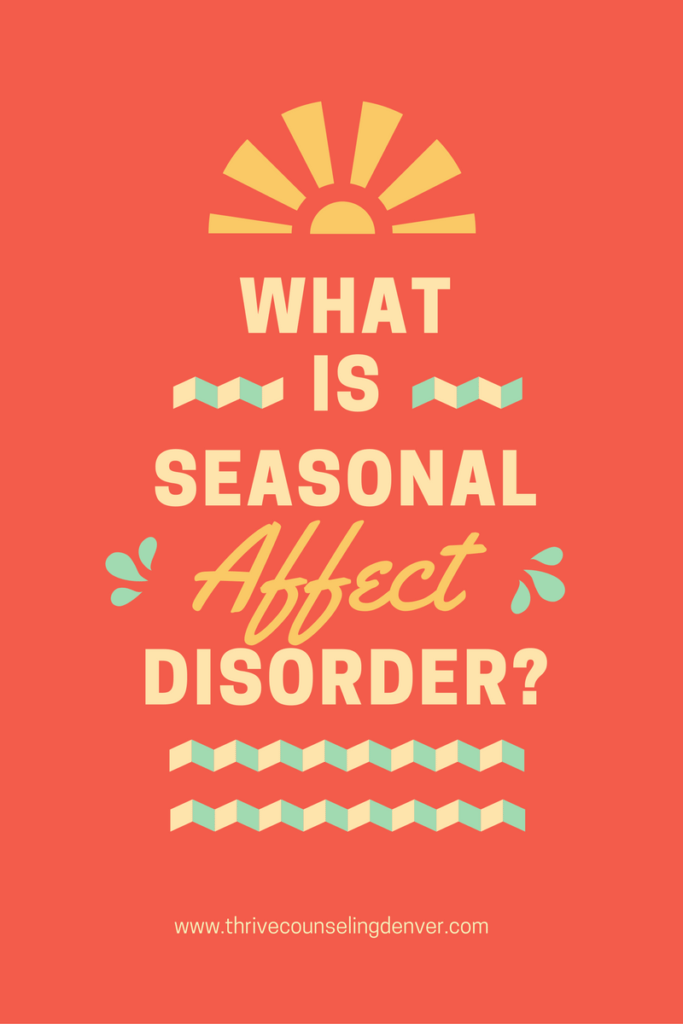Do you get blue during the holidays? Do you fall into a depression? For some, as the holidays and winter roll in, things seem to slow down and get dreary. Whether it affects your daily life or not, seasonal affective disorder (SAD) is a type of depression that many just shrug at. For those who suffer from it, it can be debilitating if left untreated during winter. Let’s look at what SAD is, what the symptoms are, and what type of treatments are available.
More About Seasonal Affective Disorder
Seasonal affective disorder typically begins in the fall months and gets worse the further into winter it affects a person. Low energy and moodiness are two key symptoms that people tend to attribute to the stress of the holidays, working hard before taking time off and seeing extended family. However, these symptoms can be the start of season affective disorder beginning to burrow its way into you.
Seasonal affective disorder is a type of major depression that comes out during fall and winter. Some of the other symptoms of SAD include:
- Low interest in your normal activities
- Feeling agitated or sluggish
- Changes to your appetite and weight loss
- Sleeplessness
- Difficulty concentrating
At the worst of SAD, you may experience suicidal thoughts if left untreated. For most, these symptoms will fade away once spring rolls in. If you suffer from other forms of depression or mental illness, it’s important to recognize that those “winter blues” can cause your other symptoms to be heightened and overwhelm you.
While everyone feels sad or down occasionally, it’s not normal to feel that way all the time. That’s why identifying seasonal affective disorder and reaching out for treatment is essential for those who are suffering from more than just a case of the blues. If you already suffer from a mental illness, making sure to reach out to your therapist as soon as you begin feeling blue.
There’s a variety of treatment options to overcome seasonal affective disorder, such as talking to a therapist, light therapy, medication, and immersing yourself in a new activity or meeting new people. Working with a therapist will help you identify the symptoms of SAD, put together plan to treat it, and overcome it so it doesn’t overtake your life during the fall and winter months each year.

